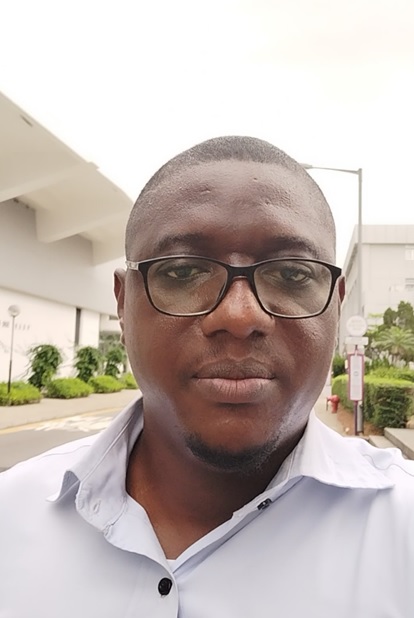Institute: Earth System Science Programme, Chinese University of Hong Kong, Hong Kong.
Title: Postdoctoral Researcher
Country/Region: Nigeria
Period: 2022/12/08-2023/02/17
Theme: Imaging of the crust and upper mantle in the whole Pacific Ocean.
Host: Nozomu TAKEUCHI
Introduction: I am a seismologist from Nigeria currently working as a postdoctoral researcher at the Earth System Science Programme, the Chinese University of Hong Kong, Hong Kong. Earlier I worked as a lecturer at the Certified Institute of Shipping of Nigeria. In September 2020, I completed my PhD at the National Geophysical Research Institute in India under the TWAS-CSIR postgraduate fellowship scheme. For my PhD, to better characterize the complex structure beneath Madagascar island and interrogate the sources of intraplate volcanism, I investigated the structure of the crust and uppermost mantle beneath the island using ambient seismic noise and teleseismic earthquake data recorded by land-, island- and seafloor-based broadband seismic stations.
Currently as a postdoctoral researcher at the Chinese University of Hong Kong, I am conducting research to further unravel the poorly known structure of the ~350 km long Blanco transform fault zone, Northeast Pacific, and how the variations in material properties along the fault zone control its complex along-strike seismic behaviour uncovered by recent seismicity studies. I hope to discriminate between the roles played by fracturing and mineral alteration in the modification of fault materials by computing its seismic velocity structure using short period (~3-9 s) first overtone Rayleigh wave data extracted from ambient noise records which is sensitive to the shallow seismogenic structure (seafloor to ~20 km) of interest, approximately modelled by the 600Oc isotherm.
For my short stay at ERI, I will be collaborating with Professor Nozomu Takeuchi to develop high-resolution models of the Lithosphere Asthenosphere System (LAS) beneath the entire Pacific Ocean using a combination of several seismological data types with complementary sensitivities. Our main objective is to generate improved seismic models for this normal oceanic region, away from mid-ocean ridges, hot spots, and subduction zones, that will afford us an unprecedented opportunity to further investigate the mechanisms of plate tectonics.
Fiscal Year: 2022


